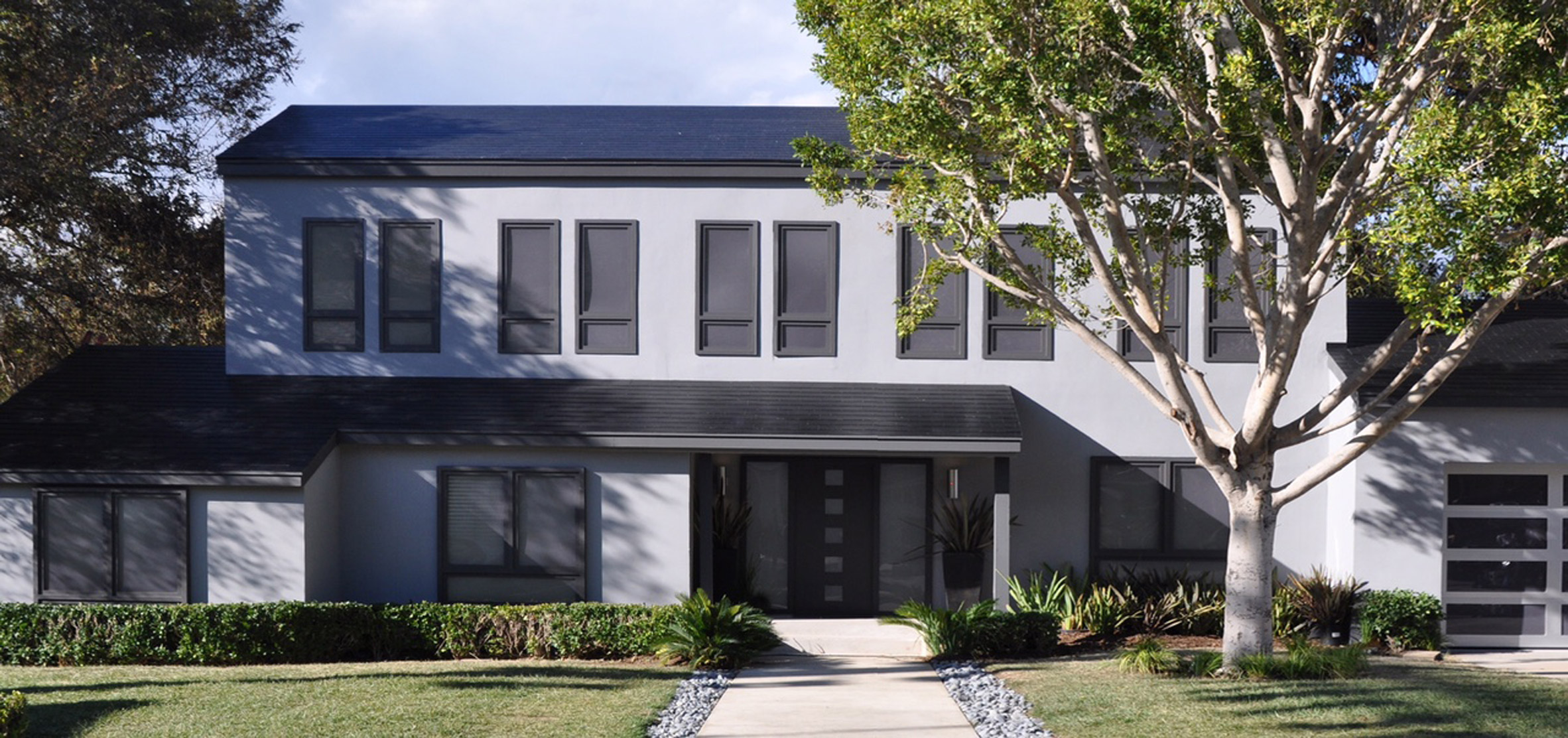
Tesla began manufacturing solar tiles for solar roof installations in December at the Buffalo, New York, factory that it acquired when it purchased SolarCity in 2016, and the electric vehicle and energy company said it will start installing the tiles on the homes of reservation holders today.
Up until now, solar roof installations have only been available for Tesla employees. In an email, Tesla said that it had completed its pilot installation program, which helped to validate reliability and weatherization testing.
Tesla opened up reservations to the general public last May, which required a $1,000 deposit. The company says it will survey, design, and identify permitting issues for each customer individually, so roof costs will vary widely. In May, SolarCity co-founder and CTO Peter Rive said that inactive tiles would cost about $11 per tile, and active (that is, solar) tiles would cost about $42 per tile. Tesla says it will optimize the mixture of inactive to active tiles based on the amount of sunlight each section of a roof will receive. The company estimated its solar roof to cost about $21.85 per square foot, if 35 percent of the panels are active and the rest are inactive.
Back in May, Tesla CEO Elon Musk said that all initial solar roof installations would either be smooth or textured black glass, and that seems to be what the Buffalo factory (which Tesla now calls Gigafactory 2) is currently producing. The “Tuscan glass” and “French slate” style tiles that Tesla showed off at an October 2016 event won’t be available right away.
The idea behind the solar roof was to offer a visually attractive alternative to solar panels. Tesla cited homes that are part of Home Owners’ Associations (HOAs), which might not be able to put solar panels on due to aesthetic restrictions. But the company also stressed that integrated solar roofs, especially with stationary storage Powerwall batteries, would make sense for non-HOA-restricted homeowners, due to the superior durability and an attractive payback period that an inactive regular roof doesn’t have.
Those durability claims have yet to be verified, and when Ars dug into Tesla’s solar roof calculator, we found that the economic attractiveness of the roof really depended on where in the US your house is located, as well as how much energy you use and how expensive electricity is in your neighborhood. In many instances, if aesthetics aren’t a concern, standard solar panels may make more sense.
But Tesla is intent on making more of those, too, even if its reorganization of SolarCity’s sales techniques have put a dent in residential solar growth. Tesla says that it started making traditional solar panels at the Buffalo factory last summer and has so far hired 500 people to keep the process moving.
Avots: ARC Technica